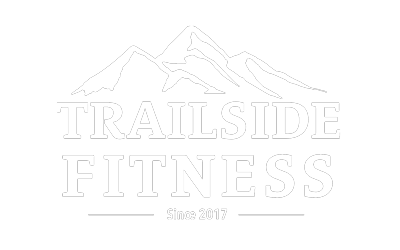Tendonitis Or Tendonosis How Do I Know Which It Is?
How do you know if you have Tendonitis or Tendonosis? This is a fairly common question without a clear definition in the medical field. Typically speaking a tendonitis is more acute and inflamed where a tendonosis is a more chronic condition. If we’re being accurate, tendonopathy is the term we should aim for. Tendonopathy covers both tendonitis and tendonosis versions. It simply means that there is pain, swelling, or injury to the tendon that impacts movement.
What is a tendon what does it do?
 All tendons are flexible by design and help transfer physical energy in the body. Tendons connect muscle to bone, and when the muscle contracts, the tendon pulls the bone which creates motion.
All tendons are flexible by design and help transfer physical energy in the body. Tendons connect muscle to bone, and when the muscle contracts, the tendon pulls the bone which creates motion.
A healthy tendon is strong, flexible and pain free. With a tendonopathy, there is a denigration of tendon tissue. It may not be painful and in many cases, it is not.
That inflammation is the “itis” portion of tendonitis. This phase can last for weeks and if it goes unmanaged, the tendon may begin to thicken and lose flexibility.
That is generally thought of as the transition to tendonosis. A more chronic or longstanding issue with the tendon. Tendon issues need to be addressed correctly to resolve the issue and restore balance to the body.
How do I manage tendonopathy issues?
Seek professional help. Trust me, if you spend weeks doing the wrong self prescribed interventions, you’ll regret losing that time. The body has a pretty set schedule for healing and you want to maximize your efforts during that period. You can certainly recover from tendon issues it will take time and consistency to do so however.
Finding a physical therapist to help you sort out the cause(s) and direct your efforts the appropriate exercises will get you back on the trail sooner. Your rehab will likely include strength exercises that focus on using an elongated or lowering phase of movement. This helps to stimulate the tendon and build strength. Your trainer or physical therapist will guide you here on techniques and weights to use for best results.


Recent Comments